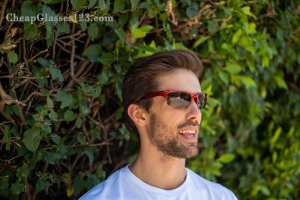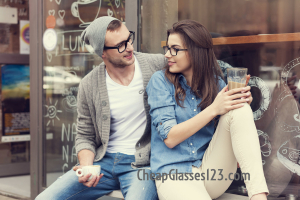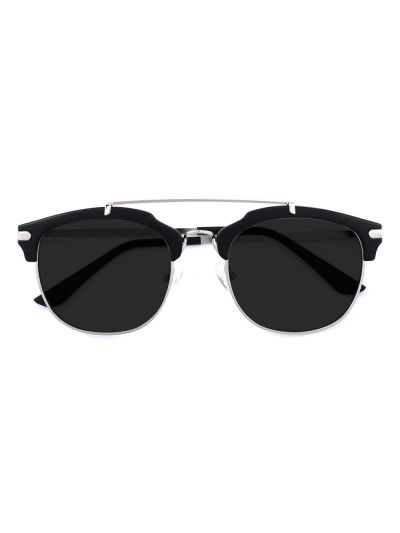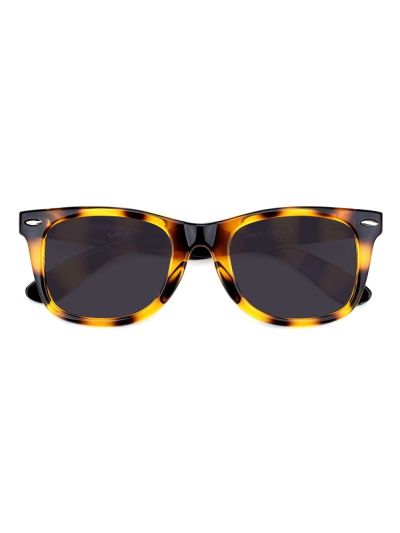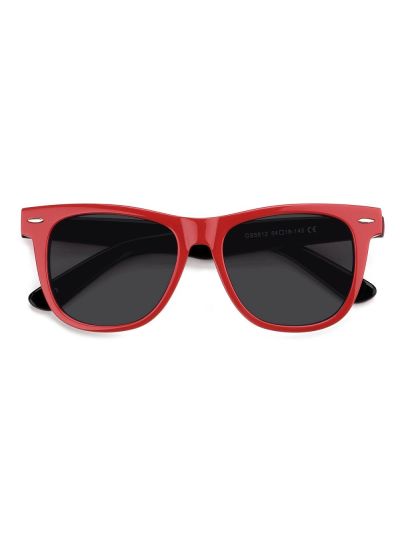Can Sunglasses protect your eye again that dangerous UV damage?
UV is also called ultraviolet ray, it is the high-energy radiation from the sun.
There are three categories of invisible high-energy UV rays:
• UVC rays. These are the highest-energy UV rays and potentially could be the most harmful to your eyes and skin. Fortunately, the atmosphere's ozone layer blocks virtually all UVC rays. But this also means depletion of the ozone layer potentially could allow high-energy UVC rays to reach the earth's surface and cause serious UV-related health problems.
• UVB rays. These have slightly longer wavelengths (280–315 nm) and lower energy than UVC rays. These rays are filtered partially by the ozone layer, but some still reach the earth's surface. In low doses, UVB radiation stimulates the production of melanin (a skin pigment), causing the skin to darken, and creating a suntan. But in higher doses, UVB rays cause sunburn that increases the risk of skin cancer. UVB rays also cause skin discolorations, wrinkles, and other signs of premature aging of the skin.
• UVA rays. These are closer to visible light rays and have lower energy than UVB and UVC rays. But UVA rays can pass through the cornea and reach the lens and retina inside the eye. Overexposure to UVA radiation has been linked to the development of certain types of cataracts, and research suggests UVA rays may play a role in the development of macular degeneration.
To protect your eyes outdoors, wear broad-brimmed hats and wraparound sunglasses with 100 percent UV protection.
Various eye problems have been associated with overexposure to UV radiation and can make a person lose sight or cause corneal problems as well as distorted vision
Keep these tips in mind:
• Not all sunglasses block 100 percent of UV rays. Many eye care professionals have instruments such as spectrophotometers that can measure the amount of visible light and UV radiation your sunglasses lens block. Almost all sunglasses block a portion of HEV rays, but some tints block more blue light than others. Blue-blocking sunglass lenses usually are bronze, copper, or reddish-brown in color.
• Remember to wear sunglasses even when you're in the shade. Although shade reduces your UV and HEV exposure to some degree, your eyes still will be exposed to UV rays reflected from buildings, roadways, and other surfaces.
• If you wear eyeglasses, do not forget to get a pair of prescription sunglasses.
• Polarized Sunglasses is a very good upgrade to your regular Sunglasses because they can block the harmful horizontal glare caused by the reflection of water and road.
You need not fear the outdoors and sunny days, as long as you are equipped with the right eye and skin protection to reduce your UV exposure.

